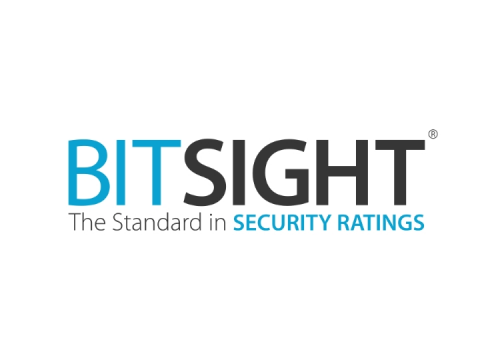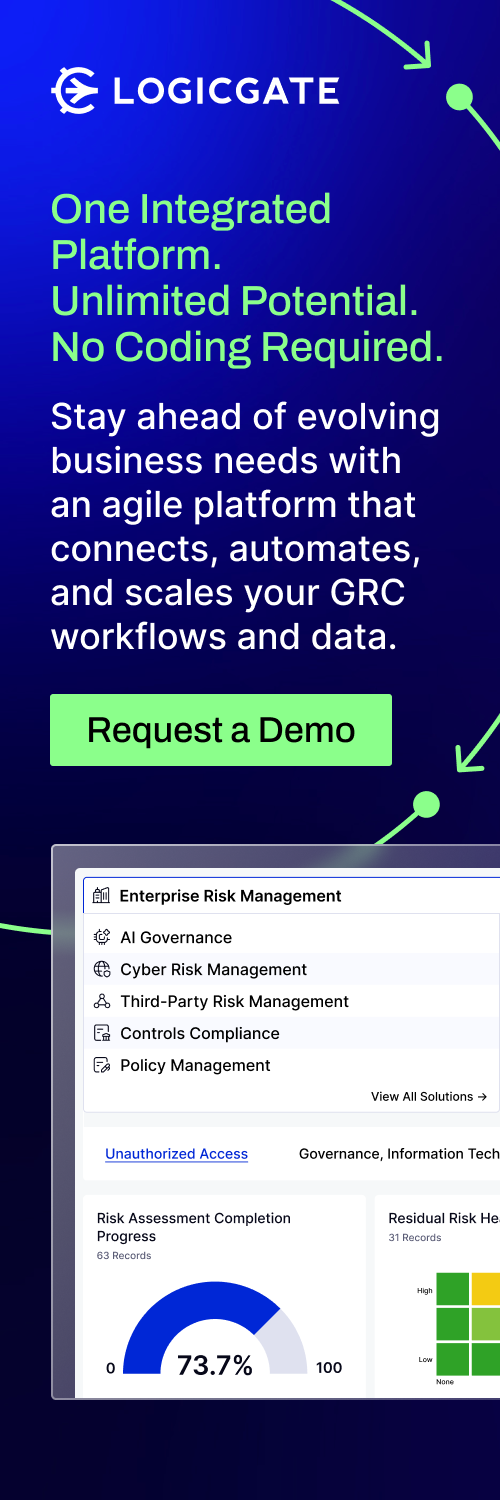Lynx Fact Sheet
In short, we know what it takes to implement an effective security, risk management, and compliance program. It’s that intimate knowledge of highly regulated industries and the information protection industry that enables Lynx to interpret technical and business requirements and provide solutions quickly and thoroughly.
5 Ways to Supercharge Your Security With Threat Intelligence
Having access to lots of security data — alerts, vulnerability scan data, suspicious files — is great, but how do you know where to focus first? That’s where threat intelligence comes in. The Recorded Future® Browser Extension makes threat intelligence accessible from any web browser, whether you’re in your SIEM, your email security portal, your vulnerability scanner, or even your email. With one click, the browser extension surfaces real-time risk scores and evidence behind those scores and arms you with the intelligence you need to quickly prioritize what needs your immediate attention.
CISOs as Communicators
BitSight Insights: Beyond Uncle Sam
In a recent study, BitSight found a large gap in the security posture between financial organizations and their third parties.3 This BitSight Insights report explores a similar question: what is the cybersecurity performance of U.S. federal contractors, and how does that compare to the performance of U.S. federal agencies?
Darktrace Discoveries 2018 Real-World Threats Identified by Cyber AI
Powered by artificial intelligence, Darktrace finds and autonomously responds to never-before-seen threats that have bypassed the perimeter to find their way into an organization’s systems. Inspired by the immune system, the technology learns a ‘pattern of life’ for every user and device. From this ever-evolving understanding of normal, the Enterprise Immune System identifies deviations indicative of a threat. Darktrace Antigena can then take targeted autonomous action within seconds to neutralize an emerging threat before it is too late.
BitSight Insights: A Growing Risk Ignored
BitSight researchers examined more than 35,000 companies from over 20 industries across the world to explore the use of outdated operating systems and outdated Internet browsers over the last year and their correlation to data breaches.
Darktrace Antigena: The Future of AI-Powered Autonomous Response
This white paper will explore the critical challenges that security teams face in this new era of cyber-threat, and how Darktrace Antigena is leveraging AI to autonomously fight back against advanced attacks, giving human responders the critical time needed to catch up.
Case Study: City of Las Vegas
Darktrace Antigena is the only automated cyber defense technology on the market that is capable of fighting the most important battles for us.
How to Fortify Your Organization's Last Layer of Defense
Security awareness training never occurs in a cultural vacuum. So it’s advisable that an organization’s risk management department evaluate the organizational culture and adjust the messaging appropriately.
Best Practices for Securing Privileged Access
This document describes the business problems which privileged access management system (PAMS)s are intended to address. It goes on to describe best practices for processes, policies and technology used to secure access to privileged accounts and other elevated privileges.
API Security Needs AI Now More Than Ever
API security is increasingly difficult for enterprise security teams to tackle. APIs are spreading fast and are a tempting target for cyberattacks. Learn about the challenges overwhelming security teams today that can be overcome with an intelligent API security solution.
The Evolving API Security Landscape
Over the last couple of years, the API security landscape has significantly shifted and expanded due to growing threats and the evolving life-cycle for deploying, managing, testing and operating APIs.
Phishing by Industry Benchmarking Report
Every security leader faces the same conundrum: even as they increase their investment in sophisticated security orchestration, cybercrime continues to rise. Often security seems to be a race between effective technology and clever attack methodologies. Yet there’s an overlooked layer that can radically reduce an organization’s vulnerability: security awareness training and frequent simulated social engineering testing.
Ten Priorities for Enabling Secure Access to Enterprise IT Services
Enterprise productivity, profitability, and success in meeting business objectives are dependent on the ability of workforces to access and utilize the applications, data, email, and other IT services necessary to complete job tasks. However, increased pressure to enable workforce mobility and the distribution of IT services across a variety of public and private hosting environments have challenged organizations to grant secure and reliable access to those resources.























